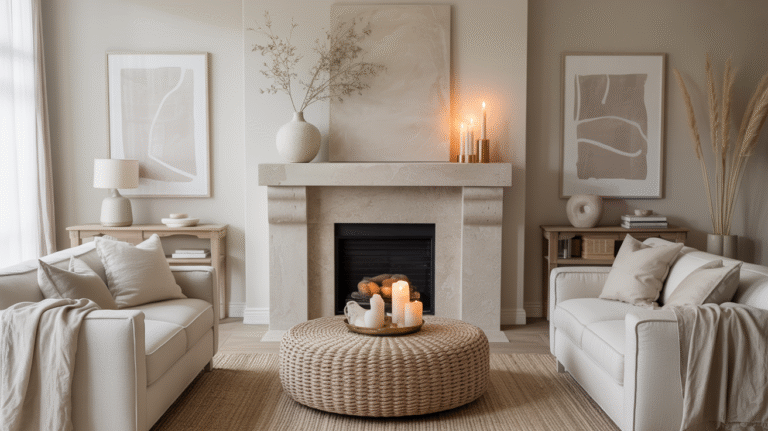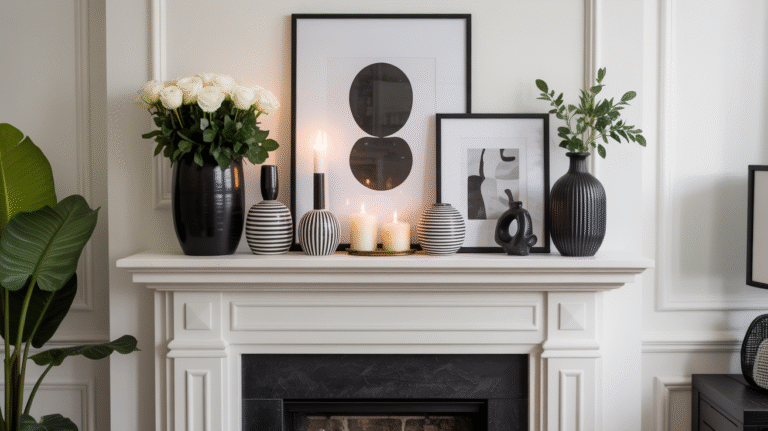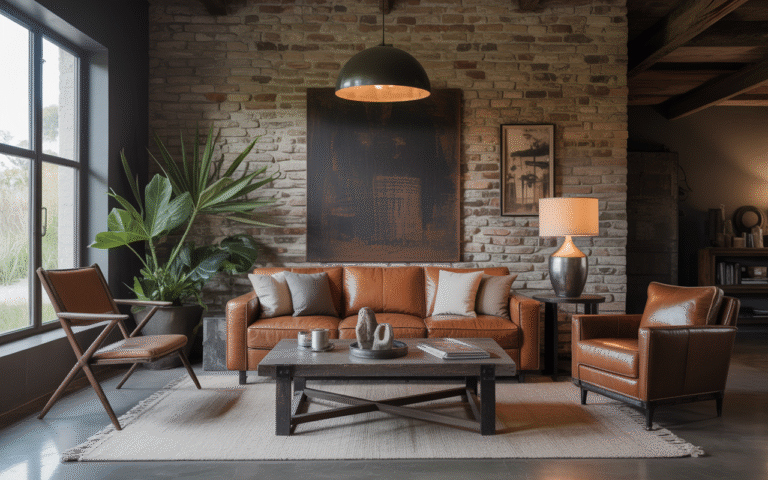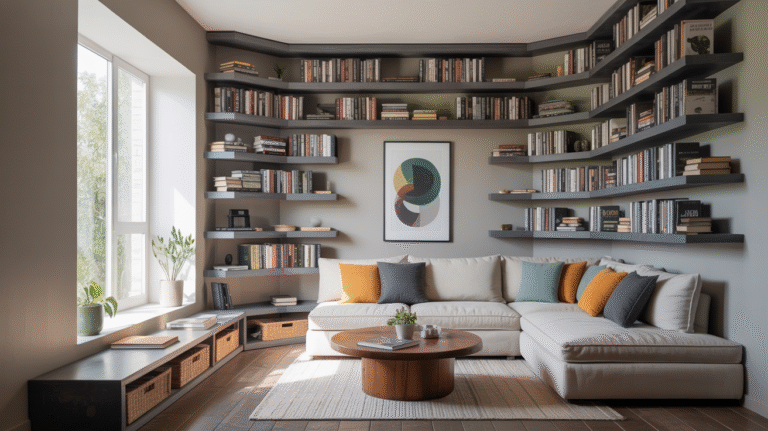Decorating With Neutrals: How to Add Depth Without Color
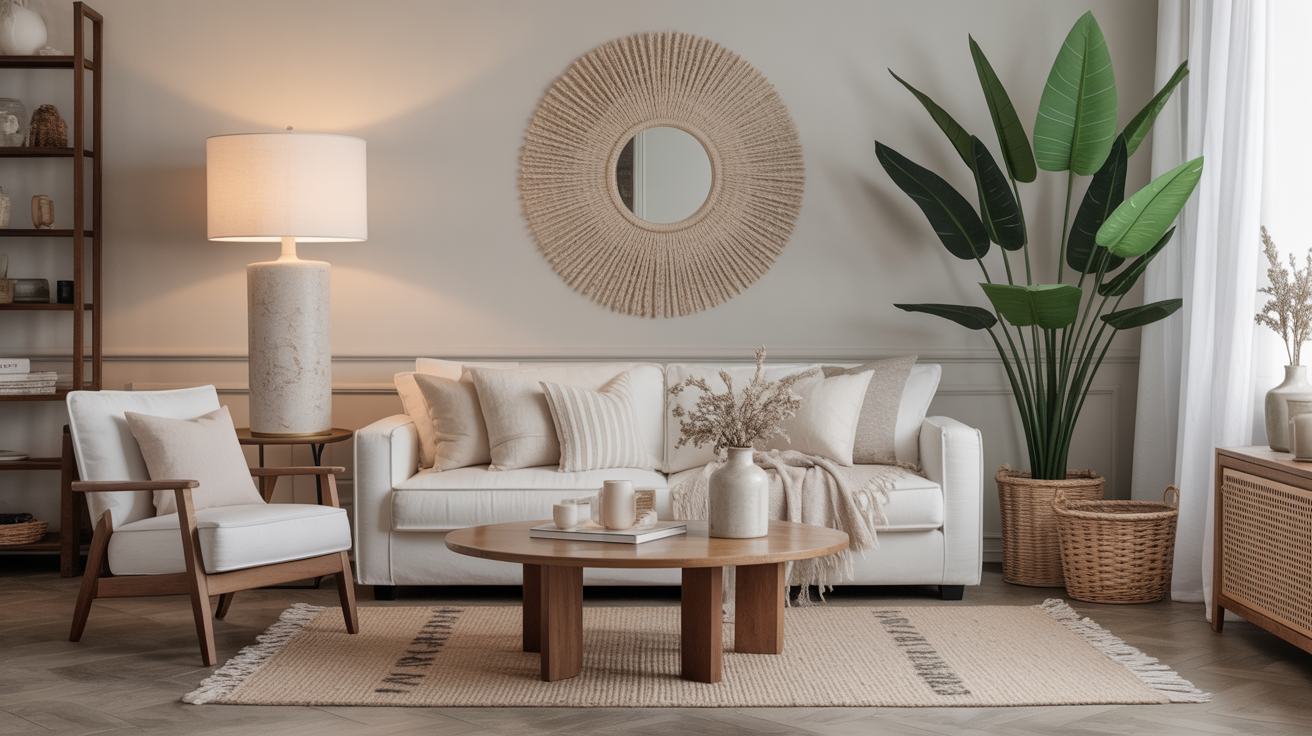
Many homeowners face a common challenge when designing a neutral room: the concern that their space will feel flat or uninspiring. With the growing popularity of minimalist design, it’s easy to wonder if a neutral palette can deliver warmth and depth or if it will end up looking too sterile and uninviting. The fear of creating a bland space often leads people to shy away from neutrals altogether, opting instead for bold colors and patterns.
But the truth is, decorating with neutrals doesn’t have to be boring or dull. In fact, with the right approach, neutral tones can transform your home into a cozy, sophisticated haven. The key is in the textures, layering, and subtle contrasts that can be achieved without relying on color. In this article, we’ll explore how to decorate with neutrals in a way that adds depth, warmth, and visual interest to your space.
How to Add Depth Without Color
Decorating with neutrals can create a timeless and elegant space that allows for flexibility and versatility. By using varying textures, patterns, and materials, you can build depth and intrigue, all while maintaining a soothing and cohesive atmosphere. Let’s dive into the various techniques and tips for achieving a stunning neutral space that feels both welcoming and stylish.
1. Mix Neutral Shades for Added Interest
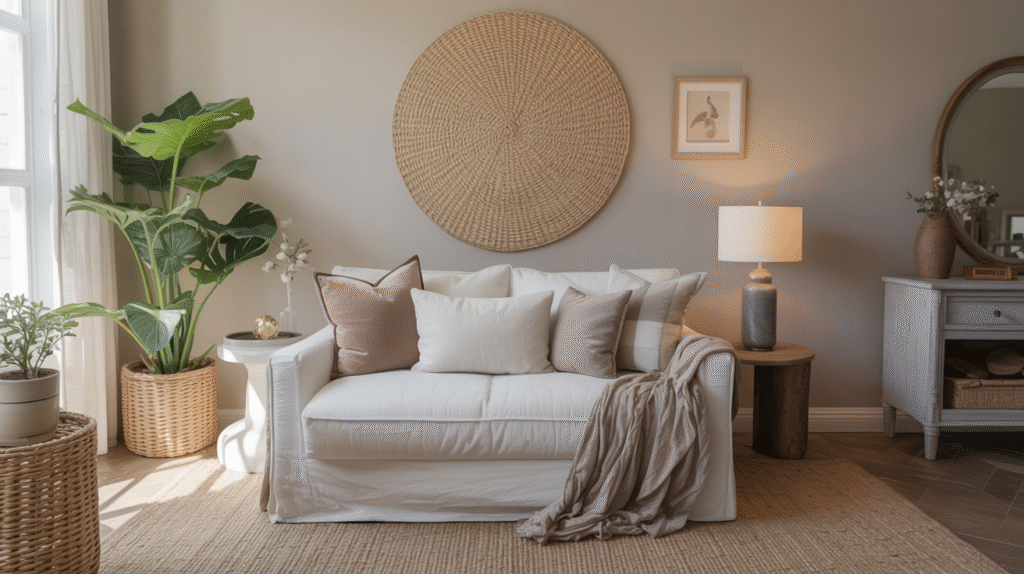
One of the easiest ways to add depth to a neutral space is by mixing different shades of neutral colors. Rather than sticking to a single tone, experiment with various hues of beige, gray, taupe, or white. For example, combine light cream walls with a darker taupe sofa or mix warm white furniture with cooler gray accessories. This variation helps avoid a monotone look, creating a balanced, inviting space.
2. Use Textures to Create Visual Interest
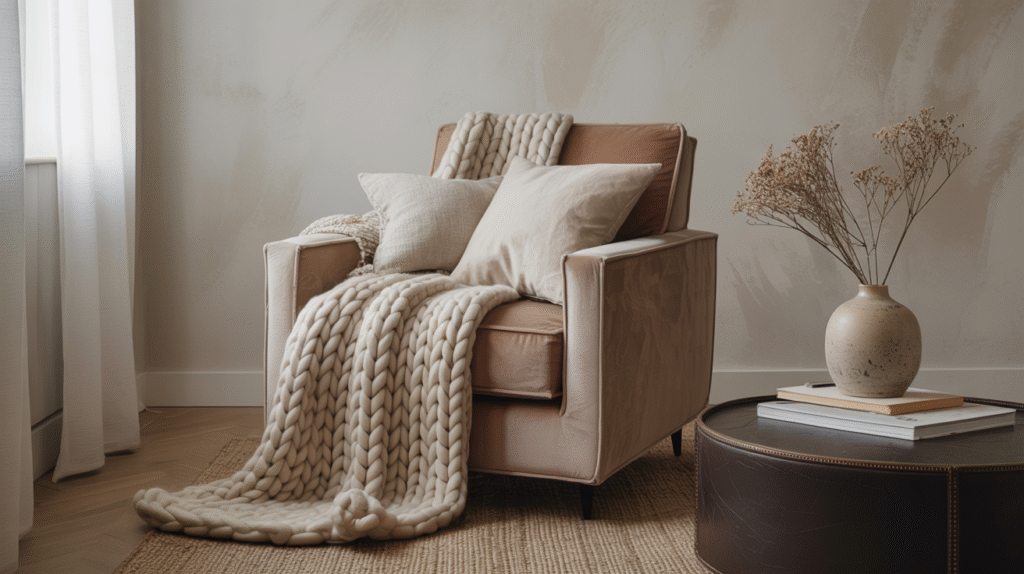
Texture is your best friend when decorating with neutrals. A neutral color palette can sometimes feel flat, but adding different textures can breathe life into the room. Incorporate fabrics like velvet, linen, and wool to give your space depth. For example, layer soft linen throw pillows on a sleek leather sofa or combine a nubby wool blanket with a smooth ceramic coffee table. The contrasting textures will help break up the monotony of solid neutrals and add visual appeal.
3. Incorporate Natural Elements

Another great way to add dimension to your neutral space is by incorporating natural materials. Think wood, stone, and plants. Wooden furniture or a stone accent wall brings warmth and texture to the room, preventing it from feeling too cool or flat. Plants, like fiddle-leaf figs or succulents, also play a crucial role in introducing both color and texture, giving the space a fresh and dynamic feel.
4. Layer with Rugs and Textiles
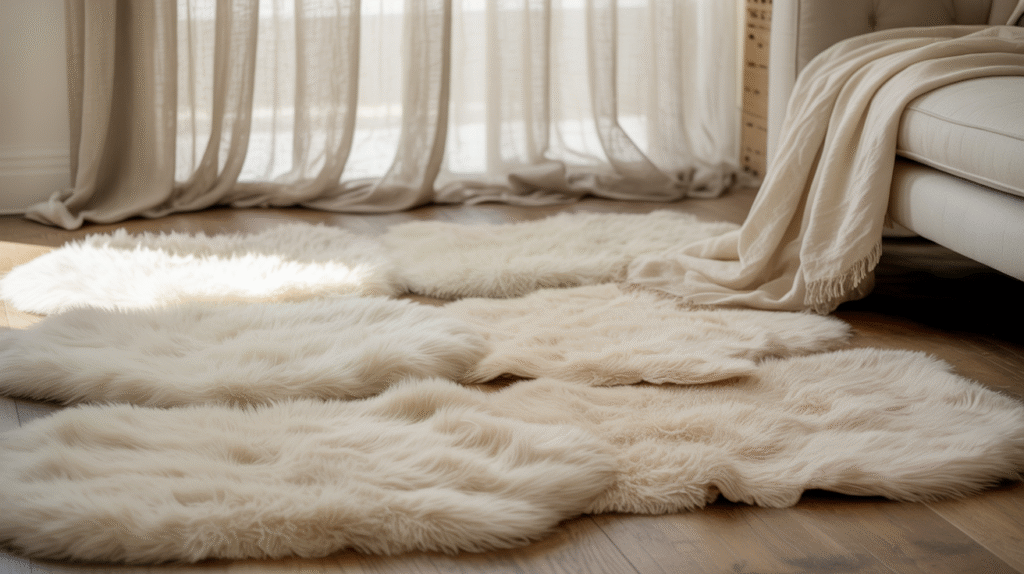
Layering rugs is an effective way to create a multi-dimensional neutral space. Start with a large, neutral-toned rug as the base and layer smaller rugs on top. A jute rug can serve as the perfect foundation for a wool or leather rug, adding both texture and warmth. Similarly, layering textiles such as throw blankets or curtains can help soften the space and create an inviting atmosphere without the need for bold colors.
5. Add Metallic Accents
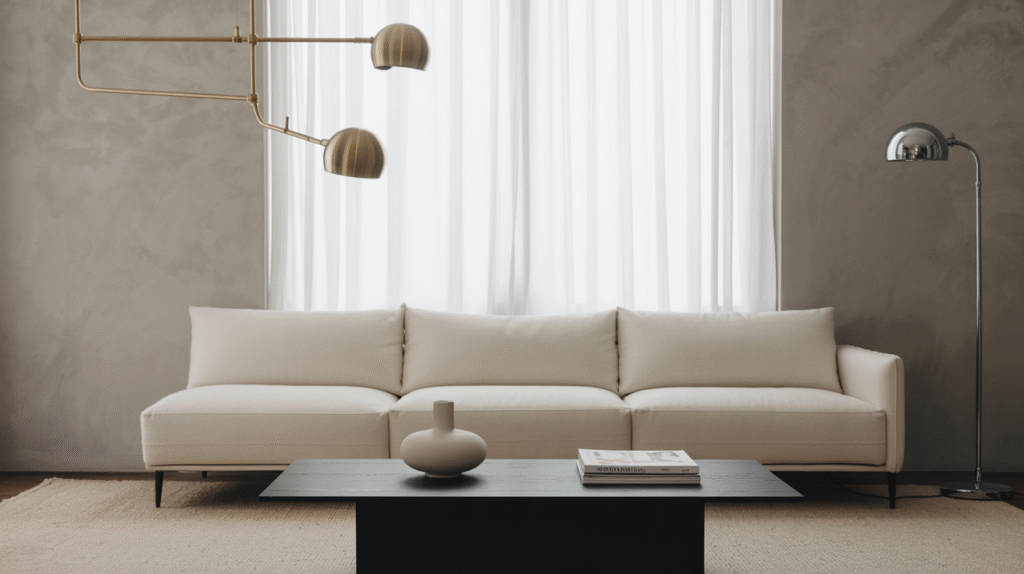
Metallic finishes like brass, chrome, or matte black are excellent choices for decorating with neutrals. They introduce a touch of glamour while maintaining the serene aesthetic of a neutral space. A brass pendant light or chrome picture frames can serve as striking accents, providing visual interest without overwhelming the space. The sheen from metallic elements also adds a layer of depth, making your neutral room feel more dynamic and sophisticated.
6. Play with Subtle Patterns
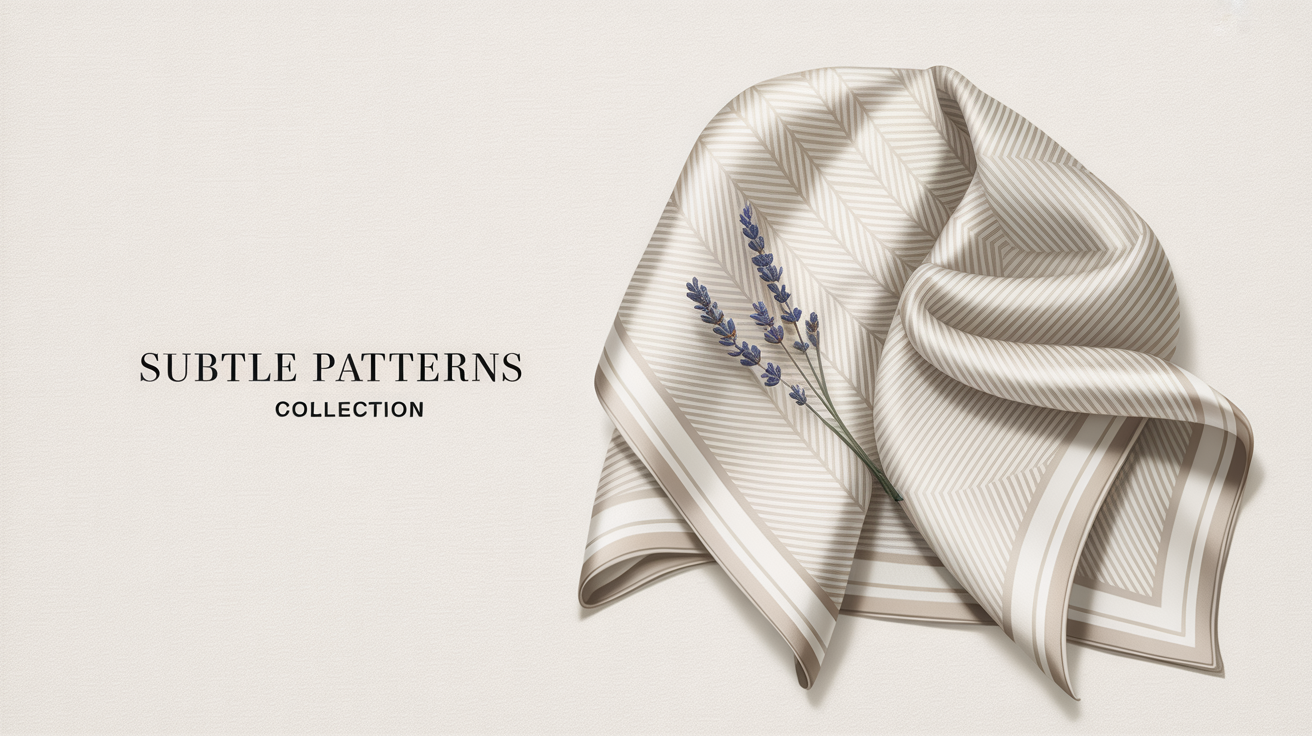
You don’t have to shy away from patterns when decorating with neutrals. The trick is to choose subtle, tone-on-tone patterns that complement your neutral base. Herringbone, stripes, or geometric designs in the same color family can add depth without disrupting the calmness of the space. For example, a beige sofa with a soft herringbone pattern on throw pillows or a taupe rug with a subtle stripe can enhance the room’s texture and visual intrigue.
7. Use Contrasting Neutral Tones
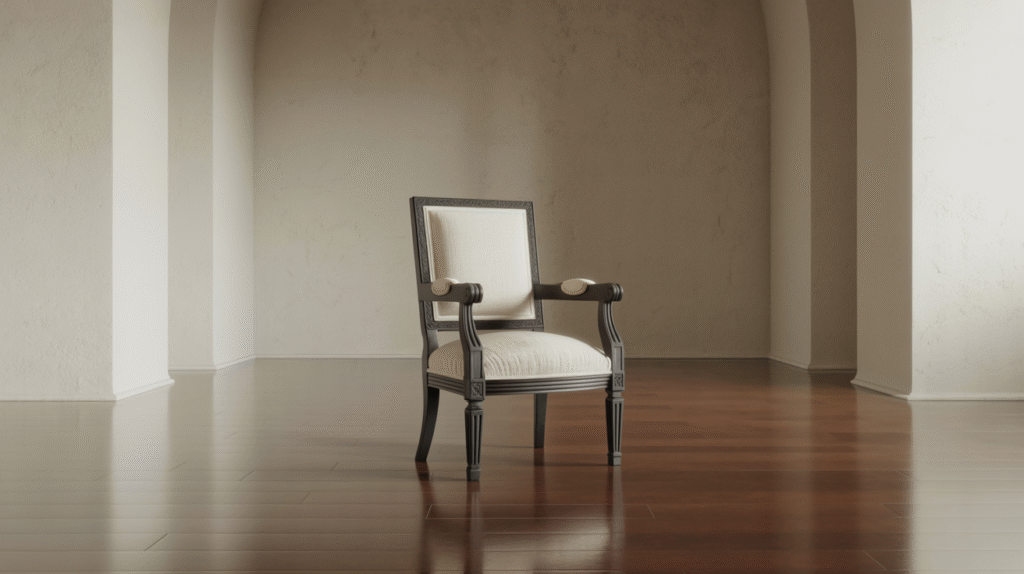
Contrasting light and dark neutrals can make a huge difference in creating depth. Pairing a dark charcoal gray accent wall with light ivory furniture, or a deep wood coffee table with soft cream-colored walls, creates a sophisticated contrast. This contrast allows different elements to stand out while maintaining a cohesive, balanced look.
8. Bring in Soft Lighting
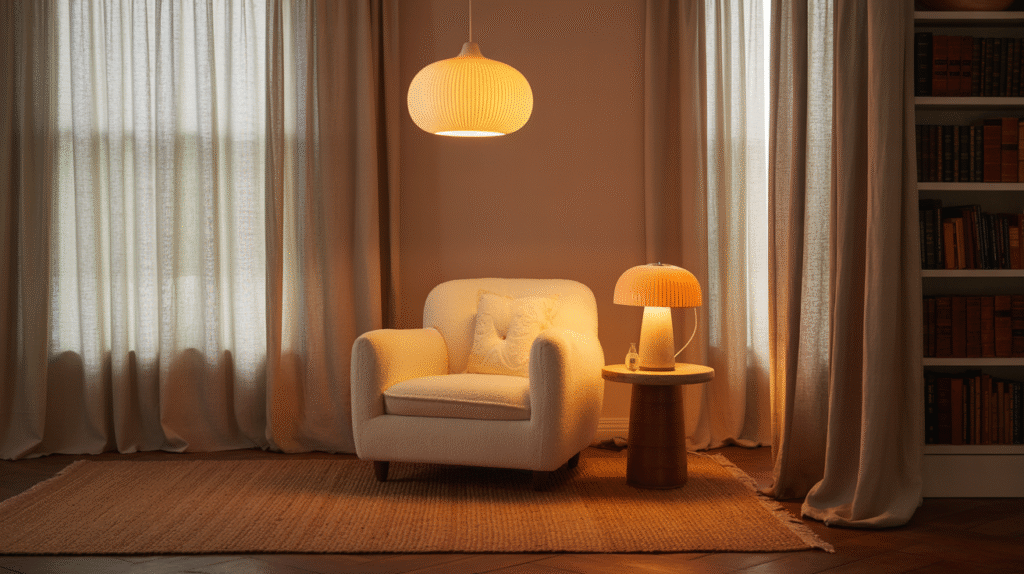
Lighting plays an essential role in decorating with neutrals. Natural light can make a neutral space feel open and airy, while the right artificial lighting can add warmth and intimacy. Consider using warm light bulbs in table lamps, floor lamps, and overhead lighting to complement the natural tones in your room. A statement light fixture, such as a modern chandelier or an industrial pendant, can also serve as both a functional light source and a stylish decor piece.
9. Layer Different Materials
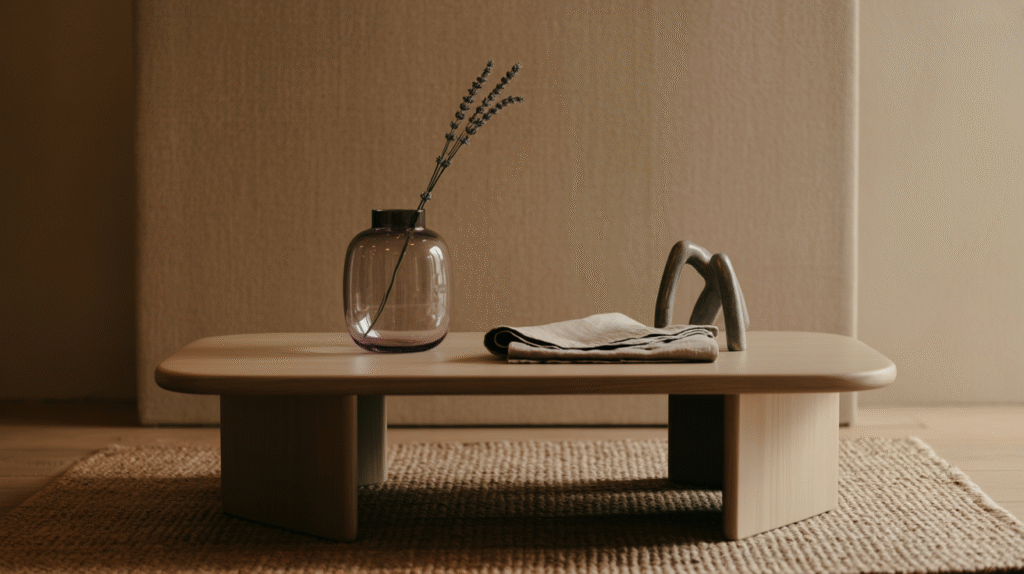
Incorporating multiple materials is a great way to enhance depth in a neutral space. Combine soft textiles like wool and linen with harder materials such as wood, metal, or glass. For instance, a wooden coffee table paired with a velvet sofa creates an interesting contrast. This mix of materials adds richness to your decor and helps break up the monotony of a neutral palette.
10. Integrate Statement Furniture Pieces
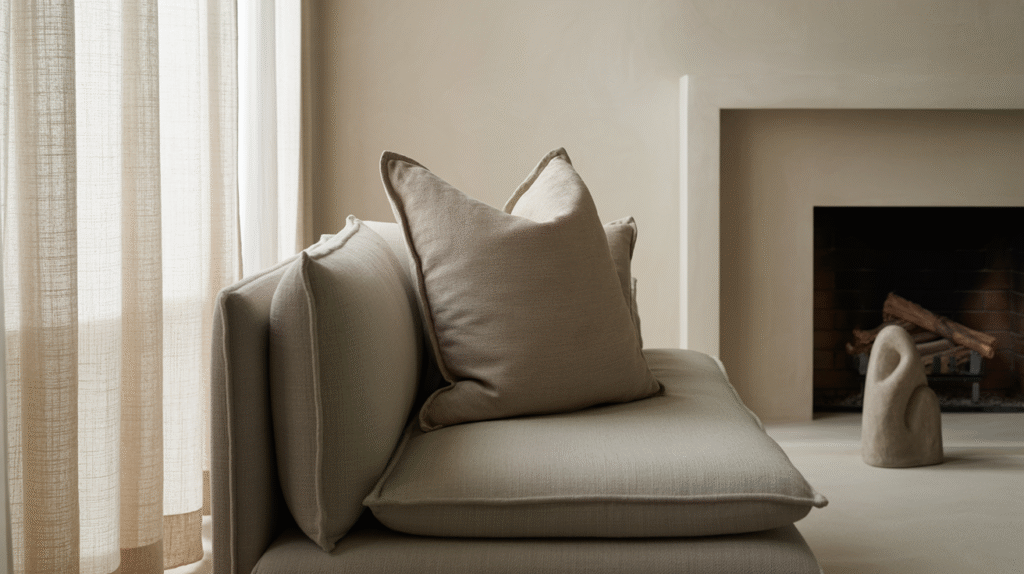
While a neutral space thrives on simplicity, adding statement furniture pieces can bring life and personality to the room. A striking neutral-colored armchair or a large, plush sofa in a subtle shade can anchor the space while maintaining the overall calm aesthetic. Don’t be afraid to invest in key furniture pieces that provide both style and function.
11. Accentuate with Natural and Textural Art
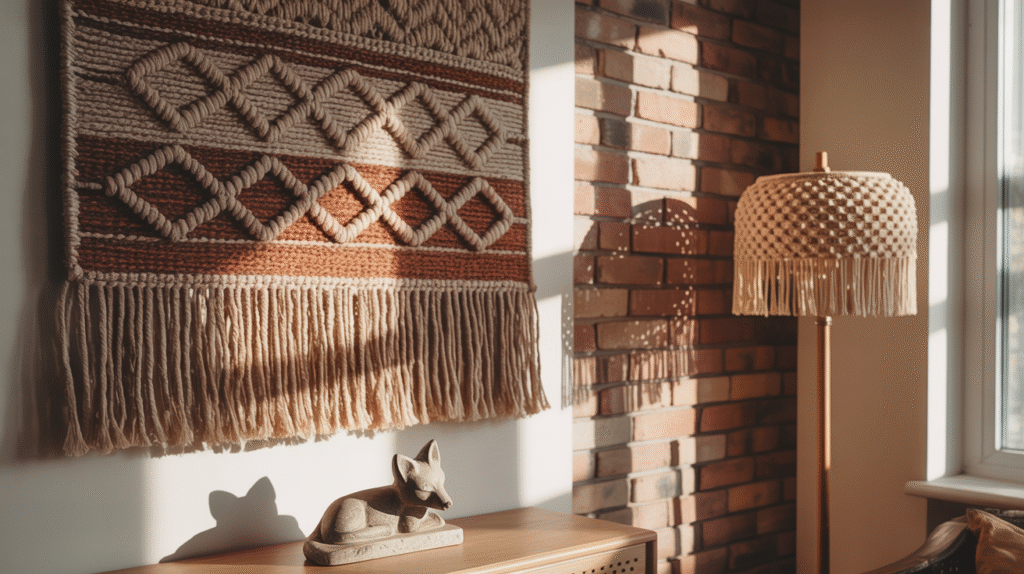
Art is an excellent tool for creating depth in a neutral space. Choose pieces that reflect the colors and textures within the room. Neutral abstract art with subtle texture or natural stone sculptures can add visual weight without clashing with the overall design. A large woven wall hanging or macrame art can also introduce texture, helping your walls feel more dynamic and engaging.
12. Don’t Forget About the Ceiling
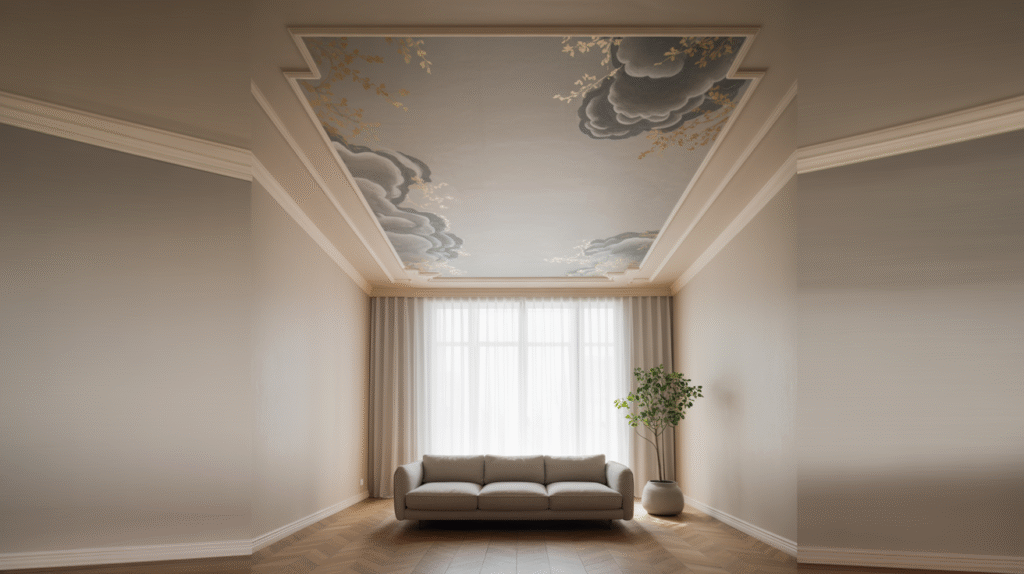
The ceiling is often overlooked in room design, but it’s a great space to add depth. Consider painting your ceiling a slightly different neutral shade or incorporating textured elements like wood beams. A pop of contrasting color or texture on the ceiling draws the eye upward and adds a sense of height and space to the room.
Conclusion
Decorating with neutrals is all about creating balance, depth, and sophistication without relying on bold colors. By layering textures, incorporating natural elements, and playing with patterns and contrasting neutrals, you can design a space that feels warm, inviting, and visually interesting. The key to successfully decorating with neutrals is paying attention to the details that make the room feel dynamic while maintaining a sense of calm and simplicity. With these tips, you can transform any neutral room into a stylish, multidimensional space that feels both elegant and cozy.

